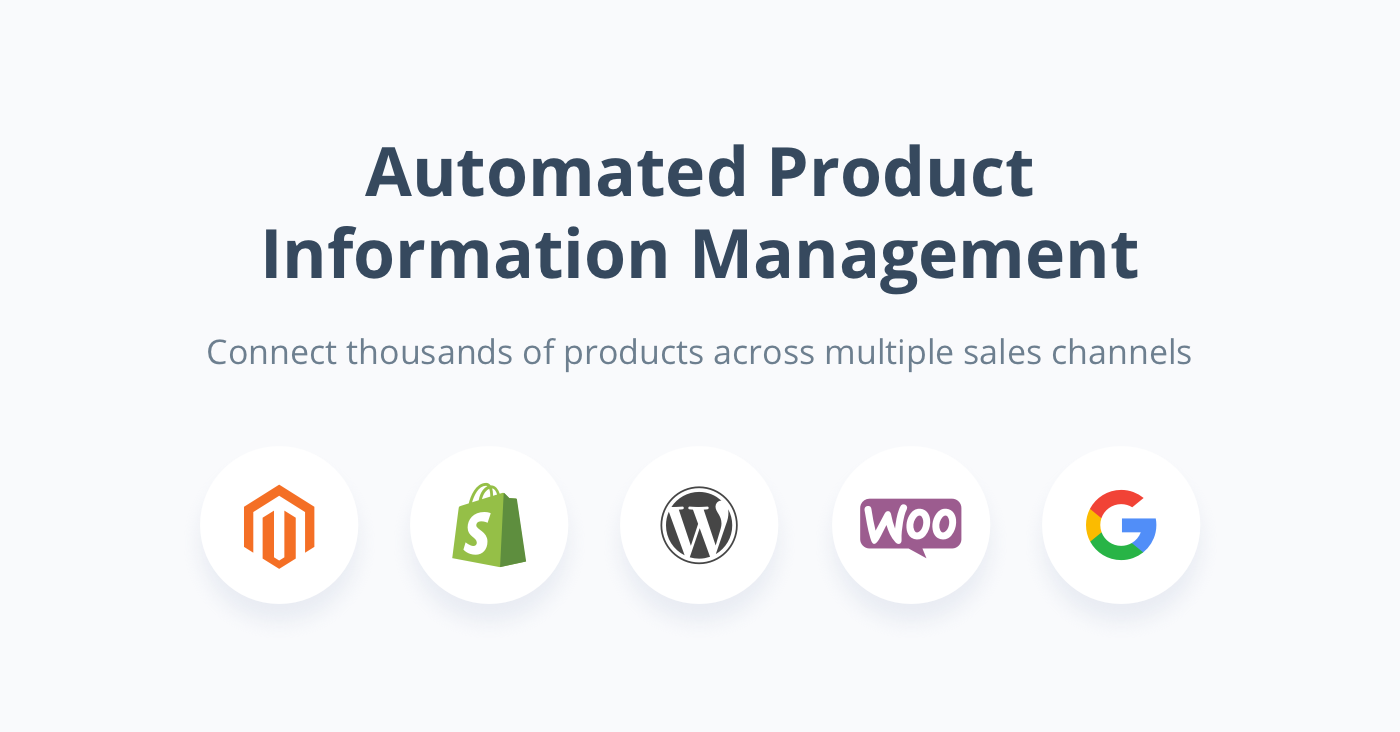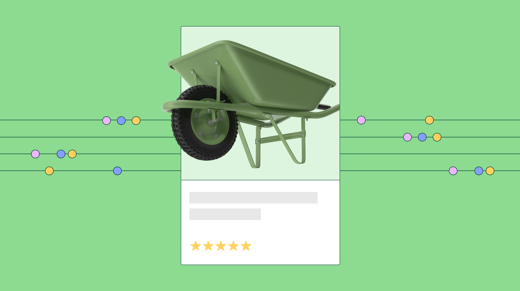
Table of Contents
- What is database normalization?
- Types of database normalization
- Database normalization phases
- Advantages of database normalization
- Conclusion: Should you normalize your databases?
Whether your business sells hundreds, thousands or millions of different products, organization can be a huge contributor to growth and maintaining smooth operations.
Product databases vary greatly from company to company, depending primarily on the number of products within your range, as well as the complexity of the items you sell. For example, if you’re a manufacturer of electrical components, there are likely many more technical specifications and regulatory data you need to provide than if you are a retailer selling clothes or furniture.
No matter the size or complexity of your product range, creating and normalizing a centralized and organized database can significantly improve your product marketing operations.
What is database normalization?
Database normalization is simply the process of removing errors, anomalies and duplications within your collated product information. This is done by analyzing the information within your product tables and the links between related information.
Normalization is an essential part of product information management, preventing data from being replicated in two tables at the same time or unrelated product data being gathered together in the same table. In addition, normalization helps to streamline your data, simplifying your database and making it more concise. This way, product data is easier to locate, edit, extract and send to your selling channels.
Unfortunately, many businesses often overlook database normalization due to the time and effort that needs to be invested. However the more your business grows and the more products you add to your range, the more detrimental an unorganized database can be to your operations.
→ Also check out: The best Master Data managing software
Objectives of database normalization
The main objectives of normalizing your product data is to achieve the following:
- To correct duplicate data and database anomalies.
- To avoid creating and updating any unwanted data connections and dependencies.
- To prevent unwanted deletions of data.
- To optimize storage space.
- To reduce the delay when new types of data need to be introduced.
- To facilitate the access and view of data to users and product tools.
Types of database normalization
There is actually a classification system that exists for database normalization. The scale runs from level 1 to level 5 and ranks a product database on how sophisticated its data storage is.
Level 1 (First Normal Form or 1NF) is the simplest and most common method of normalizing data, while Level 5 (5NF) is the most sophisticated. Below are the classifications and their requirements.
- 1NF: Removes duplicates and creates separate tables for groups of related data.
- 2NF: Removes subgroups of data present in multiple rows of a table and creates new tables, with connections between them.
- 3NF: Deletes columns that do not depend on the main key value.
- 4NF: Deletes all dependencies between multiple values.
Knowing your specific organizational needs is key to choosing the right database normalization process, or combination of rules, for your business.
Database normalization phases
While the process differs depending on your business and the product data within your database, below is the summary of a general normalization process.
- Phase 1: Create different tables for each value, or locate duplicate fields in a table, place them in different tables, and link a key to each.
- Phase 2: Create connections between values in different tables. For example, between a table of Colors and a table of Sizes of a clothing product.
- Phase 3: Add connections between the main key columns and the non-key columns.
→ Read more: Do you need a distributed database? Find out here!
Advantages of database normalization
By correctly organizing your product database, there are numerous advantages that your business can benefit from.
A logical map
With improved storage and mapping, your data will be more logically arranged and easier to find and utilize for departments across your business.
Data consistency
The reliability and consistency of your data is greatly increased, as your database will be free from outdated information, duplications, and an ambiguous link hierarchy between your products.
Sound data connections
The main advantage of normalizing data, aside from the removal of errors, is establishing a database that clearly shows how data from different tables relate to each other. This will improve the visibility of data connections within your database, better informing teams across your organization.
→ Related content: What is a SKU? Discover the cornerstone of your product database
Connection to other systems
Database normalization is helpful for your business in implementing data management software, such as a PIM tool. With an organized database, installing a PIM is quicker and easier, easily connecting to your database without delays or the need to correct synchronization problems.
Increased security
Improved security is another benefit, as normalization ensures data can be more accurately located.
Cost savings
You’ll find it much easier to maintain the databases you already have and to make new additions. It’s also faster to connect data sources to any internal or external system, as no revisions are necessary to ensure that the data sent is correct.
→ Keep reading: The best Master Data Management systems currently available
Should I normalize my database?
While the case is different for every business, as a general rule it is best practice for retailers, manufacturers and suppliers to normalize their databases.
Once you’ve organized your data correctly, it’s then worth considering investing in a product information management platform. Our intuitive PIM allows you to enrich and automate your product data, before connecting your catalogs to your selling platforms and marketplaces.
Discover how a PIM can help you streamline your product marketing processes with a free 30 day trial.









